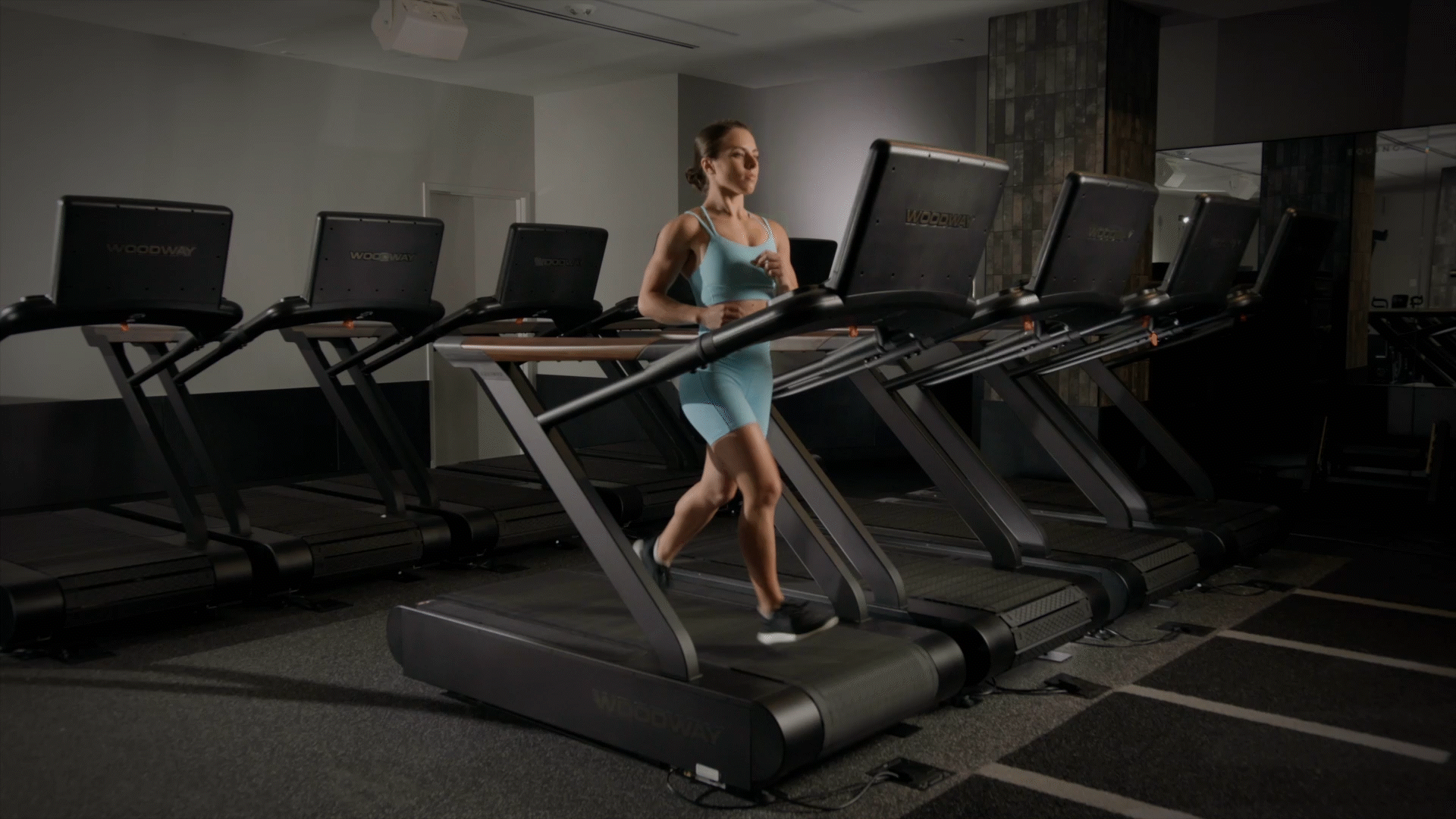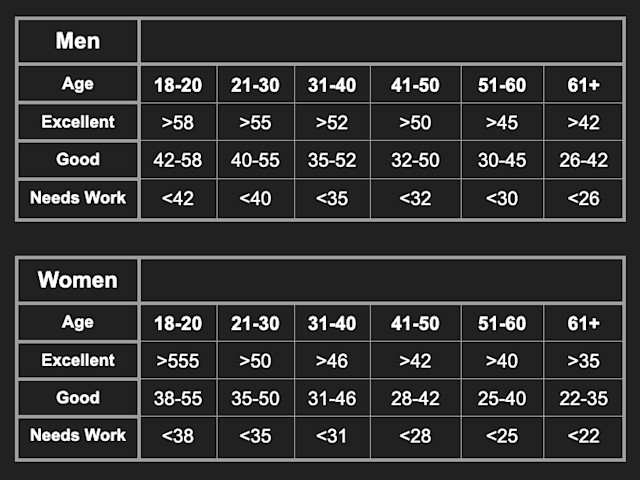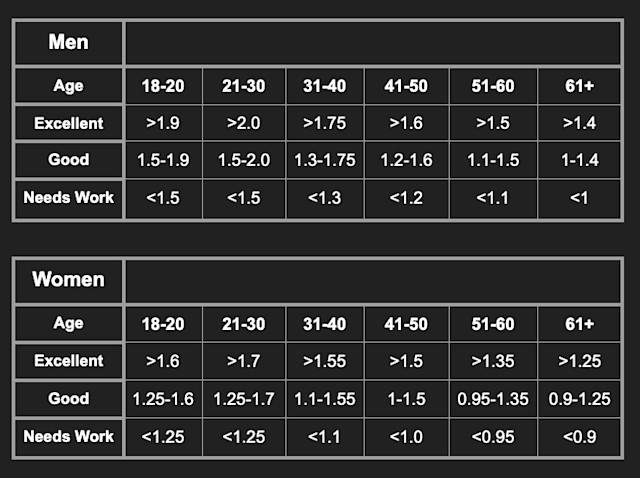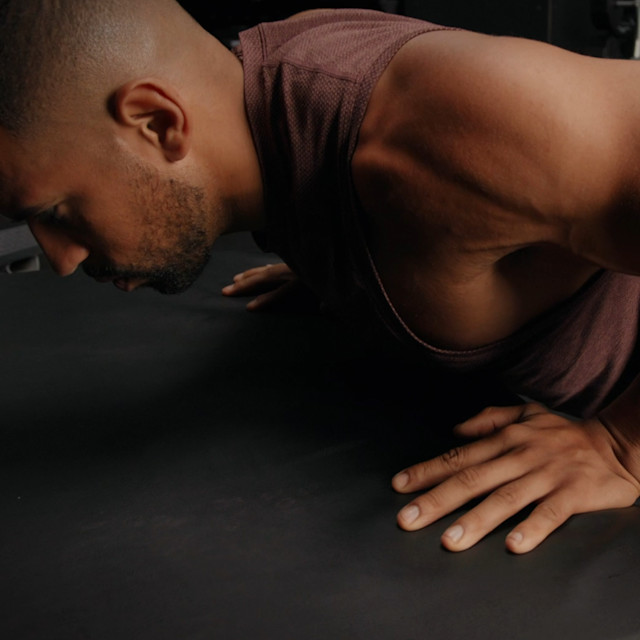Test, maintain, and boost your VO₂ max.
The Equinox Longevity Assessment is a nine-part series designed to provide members with evidence-based tools to measure and benchmark their fitness age, and provide training guidance to optimize performance. Developed with Michael Crandall, CSCS, a Tier X Coach at Equinox, the full program can be accessed here.
Your aerobic capacity determines far more than how fast you’ll finish a marathon. It’s such an important marker for longevity that the American Heart Association has argued that VO₂ max, the maximum rate at which a person can utilize oxygen during exercise, should be considered a “vital sign” that’s regularly measured by doctors, just like your blood pressure and cholesterol.
A 2018 study published in JAMA followed more than 120,000 people and linked higher VO₂ max to lower mortality across the board. It also found that poor cardiorespiratory fitness is a greater relative risk of death than smoking. Someone in the bottom quartile of VO₂ max for their age group is five times more likely to die than a person with an elite-level VO₂ max, according to the study.
If you’ve been sedentary through your adult years, you don’t need to aspire to become a world-class athlete. The JAMA study found that improving from “least fit” to “below average” cuts your risk of death nearly in half. Essentially, going from “bad” to “good” yields more benefits than going from “good” to “great.”
One likely reason aerobic exercise — rhythmic, repetitive physical activity that uses your major muscle groups, such as swimming, biking, and running — enhances longevity is that it’s good for your ticker. When performed regularly, moderate to vigorous aerobic activity strengthens your heart, which improves its ability to pump blood to your lungs and throughout your body, according to the National Heart, Lung, and Blood Institute. Over time, aerobic exercise can also increase stroke volume (the amount of blood pumped per heartbeat) and lower resting heart rate, both of which are linked with reduced risk of cardiovascular disease. Zone 2 aerobic training (which is performed at an easy to moderate effort) improves the health and efficiency of your mitochondria — your body’s battery packs that give you energy and are foundational to your metabolic health.
Research suggests your VO₂ max will decline by roughly 10 percent per decade and up to 15 percent per decade after age 50. The more active you plan to be in your later decades, the more you need to train now to maintain and improve your VO₂ max. If you put in the work throughout a lifetime, one case study suggests that you could have the VO₂ max of a 35-year-old when you’re 80. The subject, an 80-year-old Norwegian man, grew up on a farm and his childhood was dominated by manual labor, outdoor activity, and exercise. He continued this lifestyle as an adult.
If you’re embracing aerobic training later in life, you can still reap big rewards. One study found that improving elderly subjects’ VO₂ max by about 25 percent was equivalent to reducing their biological age by 10 years or more. No matter your age and fitness level, you can always improve your aerobic fitness by training. Even walking more throughout the day can have a positive impact on overall aerobic health.
Take one of the VO₂ max tests below, then take a look at the norms charts, which Michael Crandall, CSCS, a Tier X Coach at E by Equinox - Hudson Yards, developed with help from existing research. See how you stack up against other people of your sex and age and use your score as a benchmark for improvement throughout the years.

Test 1. Standard VO₂ Max Test
The most accurate measure of VO₂ max is conducted in a sports performance lab under the supervision of a trainer. You will walk or run on a treadmill or pedal a bike at an increasing intensity until failure while wearing a mask that covers your mouth and nose. This mask measures oxygen consumption and carbon dioxide production. The peak amount of oxygen you consume, usually when you can’t keep going, is your VO₂ max.

Test 2. Cooper Test
The next most accurate test of VO₂ max was developed by Kenneth Cooper, MD, MPH, while he was working for the Air Force. The premise is simple: See how many miles you can run in 12 minutes. This test has been used by professional and collegiate soccer teams, NFL teams, and collegiate basketball teams. It can be performed on an outdoor track or treadmill.

Note that results listed in the chart above are in miles. Use this conversion in addition to the chart to estimate VO₂ max: [35.97 x (miles ran in 12 minutes)] - 11.29 = VO₂ max
Action Plan
The following two workouts go hand in hand to improve VO₂ max overall, says Crandall. For either workout, pick a modality you feel most comfortable with: running, biking, the elliptical, power walking, etc.
• Zone 2 training: 30 to 90 minutes of the modality of choice at a moderate pace. You should still be able to hold a conversation or breathe through your nose.
• VO₂ max workout: With your modality of choice, perform four minutes of max effort followed by four minutes of rest. Repeat three or four times per workout.
